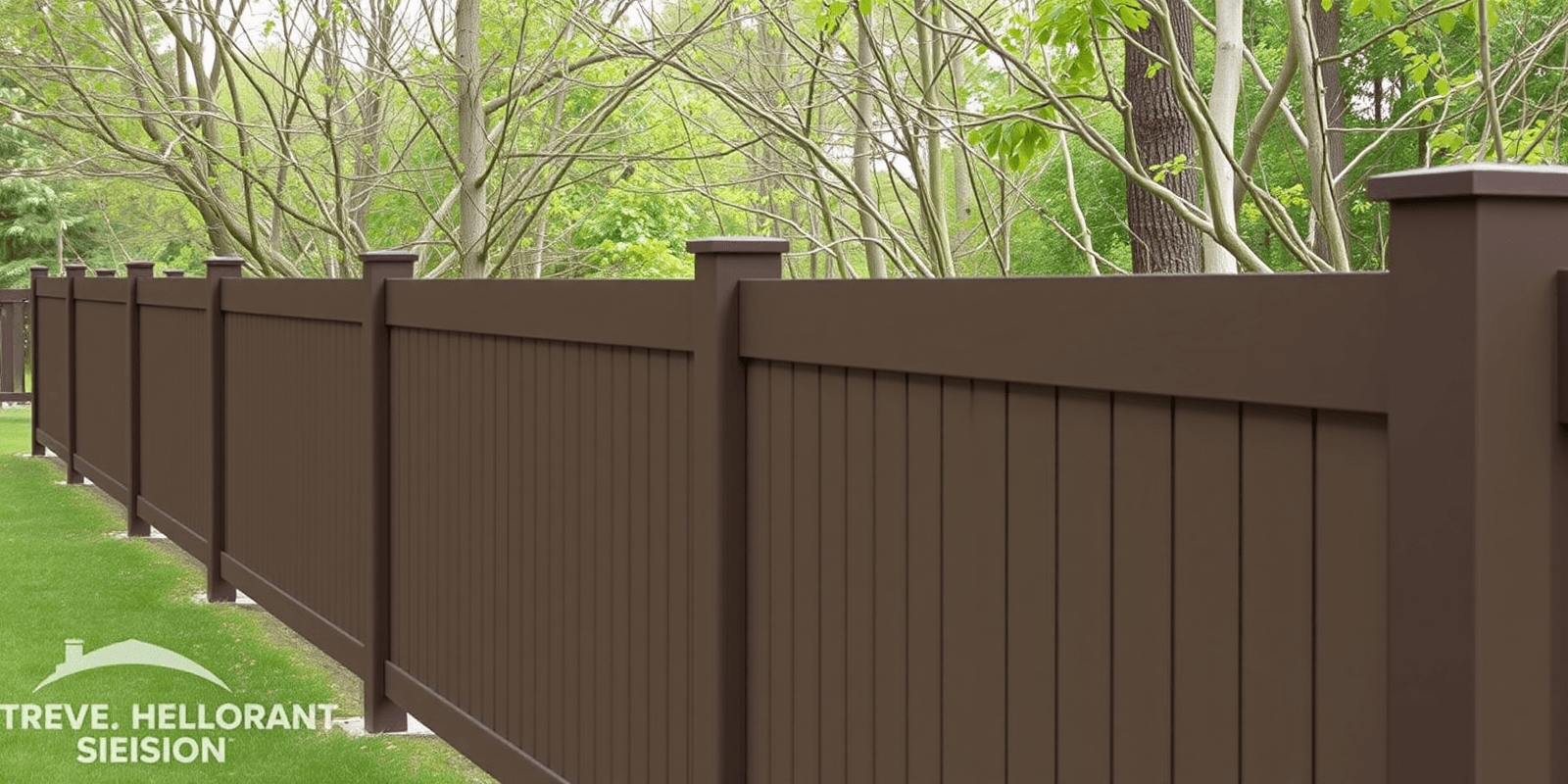Physical Address
304 North Cardinal St.
Dorchester Center, MA 02124
Physical Address
304 North Cardinal St.
Dorchester Center, MA 02124

Learn how to install composite fencing yourself using materials from Home Depot, saving money while achieving a professional look.
Composite fencing is an excellent choice for homeowners looking to enhance the aesthetics and security of their property while minimizing maintenance requirements. Unlike traditional wood fences that require frequent painting and staining, composite fences are made from a blend of recycled wood fibers and plastic materials, offering a low-maintenance solution that retains its beauty over time. Home Depot offers a wide range of composite fencing products, making it a convenient one-stop-shop for your DIY project.
To successfully install a composite fence from Home Depot, you will need the following tools and materials:
Before starting your composite fence installation, it is crucial to follow these safety guidelines:
With the necessary tools and safety measures in place, follow these steps to install your composite fence:
Begin by planning the layout of your fence. Use a tape measure to mark out the perimeter of the fence line, ensuring it is level and straight. Mark the locations for each post hole using stakes and string. Consult your local building codes to determine the appropriate spacing between posts.
Dig holes for the posts using a post-hole digger. The depth should be approximately one-third the height of the fence. For example, if your fence is 6 feet tall, dig holes about 2 feet deep. Ensure the holes are wide enough to accommodate the posts comfortably.
Place the posts in the holes and check that they are plumb using a level. Adjust as needed. Fill the holes with concrete, following the manufacturer’s instructions. Allow the concrete to set according to the recommended curing time before proceeding.
Once the posts are securely set, begin installing the fence panels. Start at one end of the fence and work your way along, attaching each panel to the posts using composite-specific screws. Make sure the panels are aligned correctly and flush with the posts.
After all panels are installed, attach caps to the tops of the posts for a finished look. Inspect the entire fence to ensure everything is secure and properly aligned. Apply any additional touch-ups or paint as needed.
To achieve a professional-looking fence, consider these tips:
How to Install a Composite Fence – Home Depot
How to Install a Fence – Family Handyman